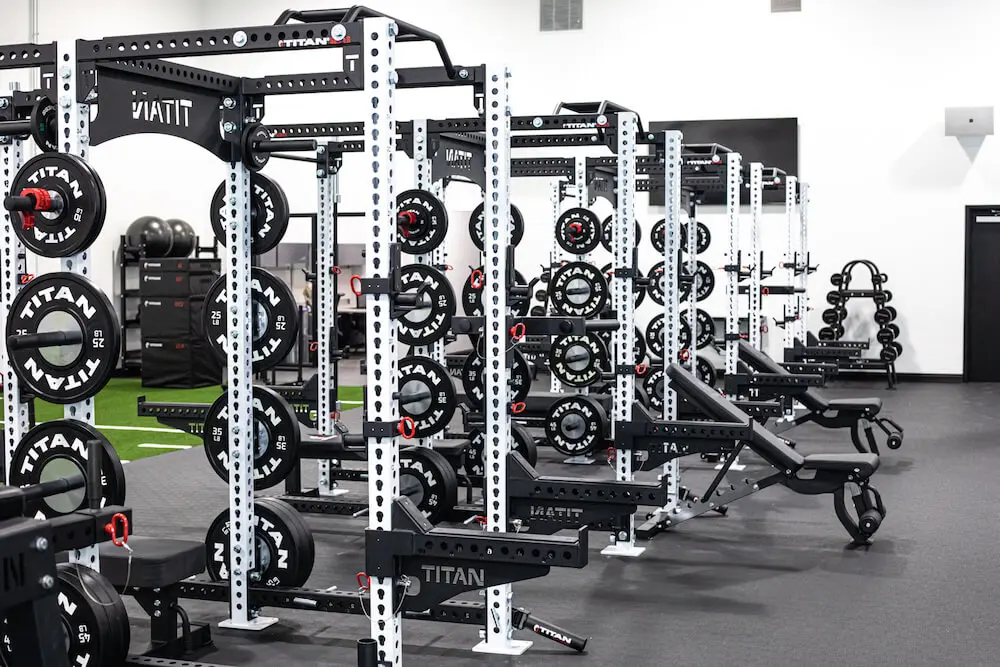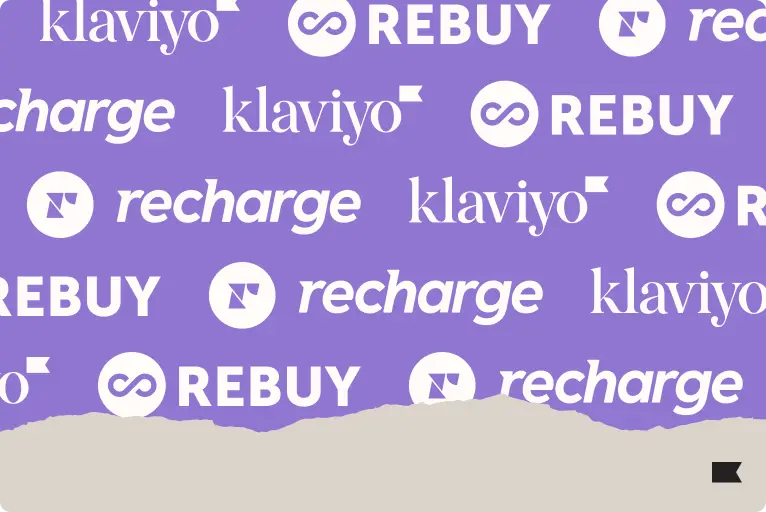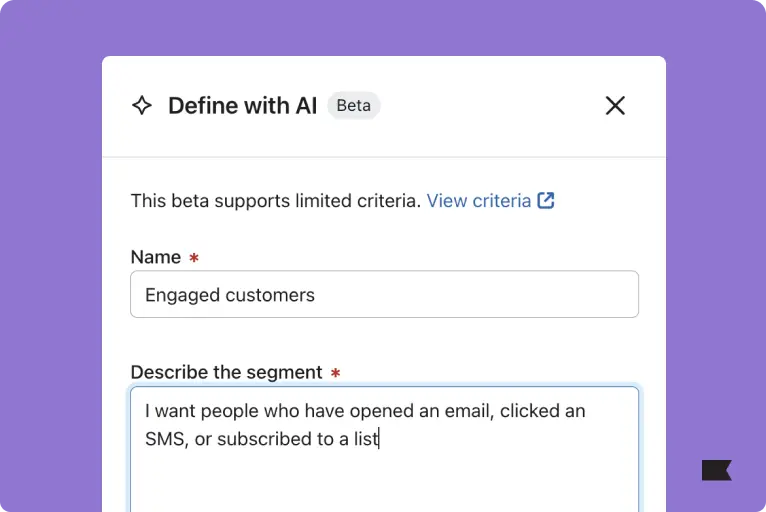Easily execute on marketing decisions, faster—and without extra developer support

Most effective marketing falls into one of two categories:
Proactive, planned moments you know will resonate with your target audience, and reactive adjustments you make quickly in response to patterns in your data.
“Quickly” is the operative word there.
If your marketing team can’t easily access customer data, understand it, and then action it to create experiences that drive value and conversions—well, you’re stuck in the mud. You can only start moving again with help from additional teams and resources, like developers, who have to pull the data from complicated systems and make sense of it before handing it off.
Titan Fitness was sick of getting slowed down.
So they opted to partner with Klaviyo, a low-code marketing automation platform that syncs directly with the external apps they were already using, to amp up efficiency.
Empower your team to work more efficiently with an easy-to-use, extensible platform
Titan Fitness has integrated their Salesforce Commerce Cloud online store, their Facebook and Google accounts, Aftership, and Reviews.io directly into Klaviyo.
Here’s how they make it all work:
- Activate the data you have: Titan Fitness collects order status information via Klaviyo’s API with Aftership. This integration empowers Titan to customize their post-purchase communications, and tell customers when an order will arrive in multiple packages.
- Connect with your customers: As one of the fastest-growing fitness equipment and home gym brands, Titan Fitness is focused on expanding their email marketing program.
- Guide your marketing efforts using smart features: Using the Klaviyo x Reviews.io integration, Titan set up a custom trigger event in their review request flow— a post-purchase flow that’s one of the many in Klaviyo’s pre-built flow library—to automatically send a review request when customers’ orders have been “completely delivered.” This means customers don’t receive a request to leave a product review until every item they purchased has arrived on their doorstep.
- Grow toward your goals: The team not only drove 62% of their Klaviyo-attributed revenue from flows in their first year with Klaviyo, but also saved 75 hours of developer work per month.
Make complicated data plug-and-play
Even though Klaviyo has over 300+ pre-built integrations, some brands like to build custom ones. But it’s not a complicated affair to structure custom data for segmentation and flow filtering:
- Make sure all your segmentation properties are top-level properties, not nested.
- For example, if you create a Placed Order metric to track when someone completes a purchase on your site, you may want to filter events based on which items someone purchased.
- To do this, create two top-level arrays in properties:
- ItemNames: Include all the purchased product names.
- Items: Populate with nested arrays to include all the associated product details for each product in ItemNames. This nested data is helpful later on when iterating over the items in the order, so you can display properties about each item one at a time (e.g., ProductName, ItemPrice, and Quantity).
- The ItemNames array is then sent via the Placed Order payload.
The Klaviyo developer portal has guides galore. Whether you opt for custom integrations, pre-built, or both, you’re never left on your own to figure things out.


Related content

Discover 4 proven ways to reduce cart abandonment and recover lost sales. Learn how to build trust, streamline check-out, and personalize abandoned cart flows to convert more shoppers.

Looking for the best Shopify apps for marketing and customer service? Klaviyo, Rebuy, and Recharge together create a high-performing tech stack that revenue and customer retention.

Learn 6 ways brands use AI in marketing automation to target audiences, create content, personalize, predict churn, benchmark, and manage reviews.